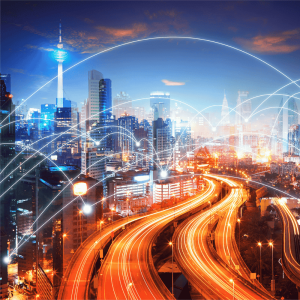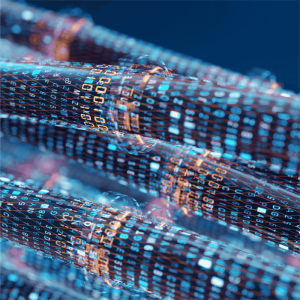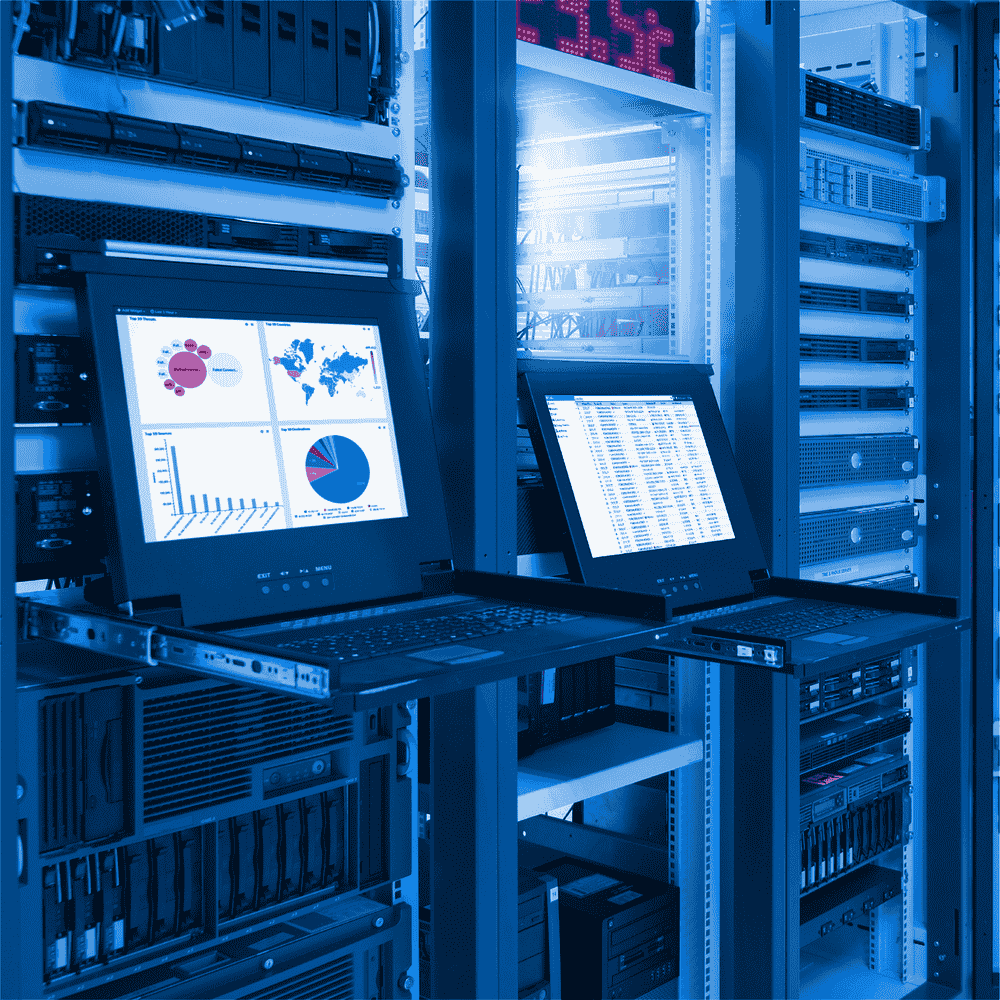The 5G Revolution and the Role of Fiber Optics
Speed, connectivity and efficiency are becoming more and more important in the digital world. In this context, 5G technology promises a revolutionary change. However, this incredible speed and capacity offered by 5G requires a strong infrastructure. At this point, fiber optic cables play a critical role as the backbone of 5G. So, what kind of an effect do fiber optic cables, the silent heroes behind the 5G revolution, have? Let’s take a closer look at this strong relationship between 5G and fiber optics.
What is 5G and What Does It Promise?
5G, the fifth generation mobile communication technology, does not only mean faster internet; it also means low latency, higher capacity and the ability to connect many more devices to the network at the same time. Compared to 4G, 5G technology offers the following advantages:
Higher Speed: 5G provides much faster data transfer by reaching speeds of gigabits per second. This means instant uploading of HD videos, fast downloading of large files and almost zero delay in online games.
Low Latency: Latency is reduced to milliseconds, allowing devices and systems to communicate almost instantly. This is a great advantage, especially for driverless vehicles, smart cities, and industrial automation.
More Device Connections: With 5G, many more devices will be able to connect to the network at the same time. This means smarter homes, cities, and industries by supporting the proliferation of Internet of Things (IoT) devices.
The Role of Fiber Optics in 5G
These great advantages offered by 5G technology are based on a high-speed and reliable infrastructure. Fiber optic cables form the backbone of 5G networks, enabling this fast and uninterrupted connection. So, what role does fiber optic play in the development of 5G?
1. High Speed and Capacity
High bandwidth is required to reach the gigabit speeds promised by 5G. Fiber optic cables provide this bandwidth by carrying huge amounts of data at the speed of light. Thanks to the fiber optic infrastructure, data flow between mobile base stations can be provided quickly and reliably. This makes it possible for 5G to spread to wider areas.
2. Low Latency
The low latency offered by 5G is realized thanks to the low latency data transmission capacity of fiber optic networks. Fiber optic cables offer a structure that is not affected by electromagnetic interference and provides lossless data transmission. This creates an ideal infrastructure for 5G to fulfill its low latency promises.
3. Need for More Base Stations
5G technology requires more base stations. This is because 5G operates at higher frequencies and these frequencies are effective over short distances. Each base station must be connected with fiber optic cables so that high speed and capacity can be provided. The fiber optic infrastructure provides the connection between these base stations and smooths the data flow between the stations.
4. Internet of Things (IoT) and 5G
5G stands out as a technology that supports the Internet of Things (IoT) ecosystem. In this system where billions of devices are connected to each other, data transmission continuity and security are of great importance. Fiber optic networks provide the infrastructure necessary for IoT devices to communicate quickly and securely. Fiber optics and 5G work together to shape the IoT world in many areas, from smart cities to industrial automation.
5G and Fiber Optics: The Dual Power of the Future
The strong connection between 5G technology and fiber optic infrastructure makes the digital world of the future possible. This duo plays a critical role not only in terms of speed and capacity, but also in paving the way for new technologies. For example:
Smart Cities: Fiber optic networks and 5G enable devices in city infrastructure to communicate quickly and efficiently, bringing major innovations in areas such as energy management, traffic control, and public safety.
Driverless Vehicles: Low latency and high speed allow driverless vehicles to communicate seamlessly with each other and their surroundings. This increases driving safety.
Healthcare: Healthcare solutions that require high-speed and uninterrupted data flow, such as telemedicine and remote surgery, are made possible by the combination of fiber optics and 5G.
Conclusion
The 5G revolution is ushering in a brand new era in the digital world. The role of fiber optic cables in the success of this period is undeniable. Fiber optic networks provide the infrastructure needed for 5G to fulfill its promises of high speed, low latency and large capacity. From smart cities to driverless vehicles of the future, many innovations will be realized with the perfect harmony of fiber optics and 5G.






